Apple's new fifth generation iPod touch takes the model upscale, with a higher entry price that supports better components and features while making room for the newly redesigned iPod nano (and last year's iPod touch) below it.
The new iPod touch
The new iPod touch continues to be what it has always been: a thinner, less expensive, telephone-free version of the latest iPhone. This year, it inherits several features of the new iPhone 5, notably its taller 4" Retina Display and Lightning connector.
Compared to the previous version, the new iPod touch is also faster (thanks to an A5 chip) and gains much improved 1080p front and 5MP rear cameras, support for Siri and AirPlay Mirroring, new Bluetooth 4 and dual-band WiFi, and is now available (for the first time) in a variety of colors, each paired with a novel wrist strap that attaches to a retracting Loop holder.
The new iPod touch is also bundled with Apple's new EarPod headphones, albeit without the integrated mic and playback controls that come with the iPhone 5 version. Also missing is a version smaller than 32GB or cheaper than $299.
New iPod touch hardware
Physically, the newest iPod touch (besides offering the larger tall-widescreen iPhone 5 Retina Display) is most obviously differentiated by its bright selection of color options. Previous models were all a very serious looking mix of black and chrome, up to the release of a white-faced version one year ago.
The new models now all have white faces except for the one dark grey model, which retains a black bezel. Along with these bright "fun" color options, the new touch also gets a retractable Loop holder, which pops out with a touch in order to attach the included wrist strap.
Once connected, the "Loop" seems quite securely attached to the device, although it doesn't seem like one should trust a ribbon of paper-thin leathery material to hold a $300+ device to a child's wrist. In any event, it's interesting that Apple took its newest iPod touch into higher end territory while also giving it a mass market, youthful set of color options combined with a precision-integrated teenage wrist strap (unless you note that the reported demographics of the iPod touch indicate that 65 percent of them are used by young people under 18).
The new iPod touch carries forward the same light, thin design as previous models (but 1mm thinner and a half ounce or 13 grams lighter), but adopts a new squared-edge profile resembling a chocolate bar, rather than previous models' rapidly tapering "boat keel" edges. Its significantly larger screen makes it feel a bit more fragile and "jumbo," and more oddly oversized than the similarly sized (but slightly thicker) iPhone 5.
The thin new case is punctuated by the Loop holder mechanism, its LED flash, mic and camera lens (which pokes out further from the edge of the case than any previous iPhone, iPod touch or Mac), its standard buttons on the top and side (volume only, unlike the iPod nano), a window for WiFi, and its Lightning connector, headphone jack and speaker grill on the bottom.
The new iPod touch in Apple's Late 2012 iPod family
For the first time, Apple is now selling two parallel generations of the iPod touch, the same way it has sold multiple generations of iPhone in order to offer a range of prices. Last year's fourth generation iPod touch is being offered in $199/16GB and $249/32GB versions, in either black or white. The new taller, thinner, faster model is $299/32GB or $399/64GB, in six colors: black, silver, pink, gold, blue and Product(Red).
This dual-generation product line lets Apple take the newest version into more expensive territory. Historically, Apple has positioned its iPod touch a cheaper alternative to the iPhone, often outfitted with a slower processor and substantially weaker (or missing) cameras, for example. The $300/$400 new iPod touch is still slightly behind the $700-800 iPhone 5 in those respects, but its now considerably closer than in previous years, despite being half the price (without the typical ~$400 mobile contract subsidy).
Of course, most people aren't likely to be on the fence about whether they want to by an iPod or sign up for an iPhone with a mobile contract. So the upscaling of this year's new iPod touch is really about offering a wider range of iPods. In addition to the two versions of the iPod touch, Apple has now repositioned the iPod nano as a sort of iPod touch-mini, as detailed in its own review.
This effectively leaves the iPod shuffle as a distant, entry level $49 product behind the new $149 iPod nano, which returns to offering video playback for movies, TV shows and podcasts, as well as its typical features: music, photos, voice recording and Nike+. The new iPod nano doesn't get iOS apps though, leaving the whole of games, messaging, and Internet apps to the iPod touch line.
The two iPod touches
Apple has tried to make it difficult for buyers to avoid rationalizing upgrades: the entry level iPod touch starts at 16GB/$199, just $50 more than the smaller but much less capable iPod nano. There's also a 32GB/$249 version available for $50 more, but if you spend another $50 you get the entry level 32GB/$299 version of the newest iPod touch, which offers the full gamut of fifth generation features.
The main differentiating features of the new model: a larger (4 inch, 1136×640), full color screen (the older iPod touch has a Retina Display resolution, but uses 18-bit color with dithering rather than full 24-bit color); an iPhone 4S-class A5 capable of supporting Siri; much better front and rear cameras with more sophisticated software; and a thinner, lighter new overall design with a choice of colors, an integrated wrist strap and Apple's new Lightning connector.
The new iPod touch isn't quite on the level of being an iPhone 5 without mobile: it's equipped with a previous generation A5, half the system RAM, a bit lower resolution rear camera (although much closer than in previous years, where the iPod got far inferior cameras or none at all), ships with EarPhones lacking an integrated mic (but it has a built in mic, unlike the iPod nano), and doesn't have a digital compass or GPS (which is built into the mobile baseband chip it lacks).
It is, however, the fanciest, most high end iPod touch Apple has ever offered, relative to the iPhone being sold alongside it. It's pretty clear Apple looked at which iPods its customers were buying and focused upon expanding its offerings to target the model representing more than half of its sales.
Unless buyers suddenly start clamoring for simple, cheaper iPods, you can expect Apple to continue to focus on the higher end range of iOS-based iPods priced between $199 and $399. It also appears likely that Apple will soon start offering a smaller iPad mini that dips down below $499 to provide even more options in this sweet spot of profitable products that no other maker has been able to gain traction.
Apple selling the tablets that don't make headlines
It's particularly noteworthy that, while there are plenty of alternative smartphones to compete against the iPhone, there are no real competitors to the iPod touch (Samsung's Android-based Galaxy Player and Microsoft's Zune HD have been notable failures in this space), and that smaller 7 inch tablets (closer to being a big iPod touch or smartphone than a scaled town iPad) have also struggled to sell, even as profitless loss leaders. Full sized tablets have failed across the board.
Clearly, Apple is offering a unique mix of hardware design, software and network cloud features that have enabled it to own this entire segment of the market to the same degree that it maintained dominance over the basic MP3 player market with its iPods over the past decade.
It's also interesting that Apple has been quietly selling around 20 million iPod touches every year, far more than the combined tablet/e-reader sales of Samsung, Amazon, Asus and Barnes and Noble together, despite the plethora of media headlines those vendors' products generate.
While Apple hasn't yet addressed the slowly emerging market for "moderately compact" tablets, it indisputably owns this "media tablet" market on both the high and low end of the size scale, the only places where these non-phone, non-PC devices are actually selling in quantity and earning sustainable profits.
iPod touch A5
The component specs of the previous iPod touch was about equal with the 2010 iPhone 4: Retina Display (although a lower quality version with 18-bit color) and A4 chip (albeit paired with 256MB, half the system RAM of iPhone 4 and the same as an iPhone 3GS). It remained there for two years.
The newest version is a hybrid of iPhone 5 specs (tall new full quality Retina Display, Lightning port) and iPhone 4S components (a dual core A5, 512MB system RAM). This results in benchmarking scores very much in line with the iPhone 4S, and in the ballpark of being around half of the iPhone 5 scores.
There are real world reasons for wanting a faster processor and more RAM: apps launch faster and you can switch between them without hesitation; there is enough horsepower to handle features such as Siri, Camera's Panorama, and Maps' Flyover (both of which work on the iPhone 4S and new iPod touch, but aren't supported on iPhone 4 or the 4G iPod touch); and there's power to run third party apps, particularly games, more fluidly.
The new iPhone 5 is much faster than Apple's A5-based devices, but there's fewer features that demand such unbridled performance capabilities, apart from games and some high end camera features. Rather than severely handicapped in comparison to the newest iPhone, the high end iPod touch is now reasonably equipped.
iPod touch camera
The best example of this improvement: Apple saddled previous iPod touch models with nearly worthless cameras. This year, the high end 5G version gets a front facing FaceTime HD camera on par with iPhone 5, which provides very good 720p video (but only serviceable 1.2MP photos; it's still intended primarily for video). This is much better than the (0.3MP) VGA camera Apple put on the iPhone 4S, previous iPod touches and even its new iPad.
On the back, Apple finally gave the iPod touch an LED flash and a very good camera. The 5MP sensor on the latest iPod touch isn't quite the 8MP version the iPhone 4S got last year; it sounds more like the 5MP sensor on iPhone 4.
It is, however, comparable in quality to the higher end sensor on newer iPhones, in particular because the iPod touch also gets a five element lens and supports a larger f/2.4 aperture (both features of the iPhone 4S and 5) rather than the 4 lens, f/2.8 setup of iPhone 4. More light means better pictures, so better lens features often trump packing more megapixels into a tiny sensor.
In the shots below, the new iPod touch offers better color and less noise than iPhone 4 (particularly visible around the iPod nano's home button), despite having the same 5MP rating, largely due to the new iPod touch's wider f/2.4 aperture shared with iPhone 4S and iPhone 5.
In addition to having better optics, the new iPod touch also, thanks to its A5 chip, runs more advanced photo software. It supports features like face detection and video stabilization, both of which are missing on the iPhone 4, despite having a similarly specced sensor. It doesn't quite match the iPhone 5 camera, especially in low light conditions, and doesn't have its ability to snap photos while recording video. While it can use WiFi to geotag photos, the iPod touch also lacks GPS to more accurately geotag every photo you take, anywhere you capture a picture.
The combination of the iPod touch's camera sensor, optics, software and its improved, iPhone 5-quality Retina Display screen (which is noticeably more vibrant than previously) brings it to or above the level of iPhone 4S as a camera. Unlike the iPad, which makes for an awkward camera just due to its shape, the iPod touch definitely needed a better camera, and its great to see Apple finally addressing this.
iPod touch software
There's not much new to report about the iPod touch's software. It gets all the new features of iOS 6, detailed in our review of the similarly proportioned iPhone 5. That includes its expanded use of the 176 new lines of pixels in apps such as Music, where accessory menus appear by default (below).
Apart from adaptations to make use of its larger screen, most of the new capabilities in iOS 6 are also now available to fourth generation iPod touch owners, apart from some of the aforementioned features that require a faster processor or specialized hardware: Siri; advanced camera software such as face detection, HDR, video stabilization and Panorama; Maps' Flyover; AirPlay Mirroring and 1080p AirPlay.
There are also a few things still missing on the latest iPod touch that puts it behind iPhone 5 in terms of software support. For example, there's no digital compass, so you can't orient Maps or use some third party apps without manually calibrating for North. SkyView, for example, can use the gyroscope to find your orientation only after you line up true north for it; this is done automatically on iPhones via the compass.
There's also no mobile chip, meaning no GPS as well as no support for mobile networking outside of WiFi. However, Apple's work on FaceTime and iMessages (and third party apps like Skype) means that there's far more you can you with iPod touch than previously. The efficiency of Apple's new vector based Maps also let you explore around a wide area without needing constant data connectivity, as iOS 5's Google-based Maps did.
iPod touch in review
Overall however, Apple's latest iPod touch is its best ever, with a real camera, bigger and better screen, enough horsepower to keep up with the entirety of iOS 6 and fun new colors that should attract new buyers to the iOS platform via a product that Steve Jobs once called "training wheels" for the iPhone.
However, you'll also have to pay a bit more to join the latest iPod touch party: pricing starts $100 higher than the older fourth generation iPod touch at a fairly steep $299/32GB or $399/64GB. Given that the iPod touch has historically sold about half its units to pre-college youths, this may cause many to settle for the older iPod touch, which continues to sell for $199/16GB or $249/32GB.
Apple didn't discount the old iPod touch because there was no room to as it introduced the simpler, smaller iPod nano just $50 below it for $149/16GB. And given how little competition the company faces in the media player business, it doesn't really need to.
It's notable that Apple still sells 40 million iPods per year (at least half of which are the more sophisticated iPod touch models) long after dire predictions were made about how MP3-playing smartphones would gobble up the entire iPod market. Going forward, it will be interesting to see how Apple positions its iPod line along with its expanding selection of iPads. So far, Apple seems to have its pricing and features targeted at exactly what people want to buy.
Pros
Thin sturdy construction
Larger, 4 inch widescreen display with better color
Very easy to setup and use
Fast A5 chip supports new iOS 6 features
Very good cameras, rear LED flash
Cons
Priced higher than previous iPod touch versions
Lacks iPhone's compass, GPS, mobile data
 Daniel Eran Dilger
Daniel Eran Dilger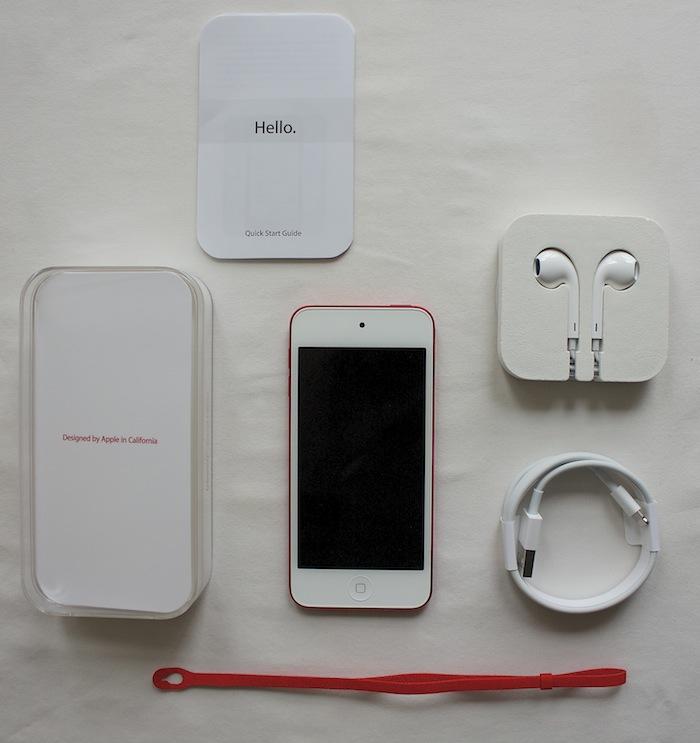
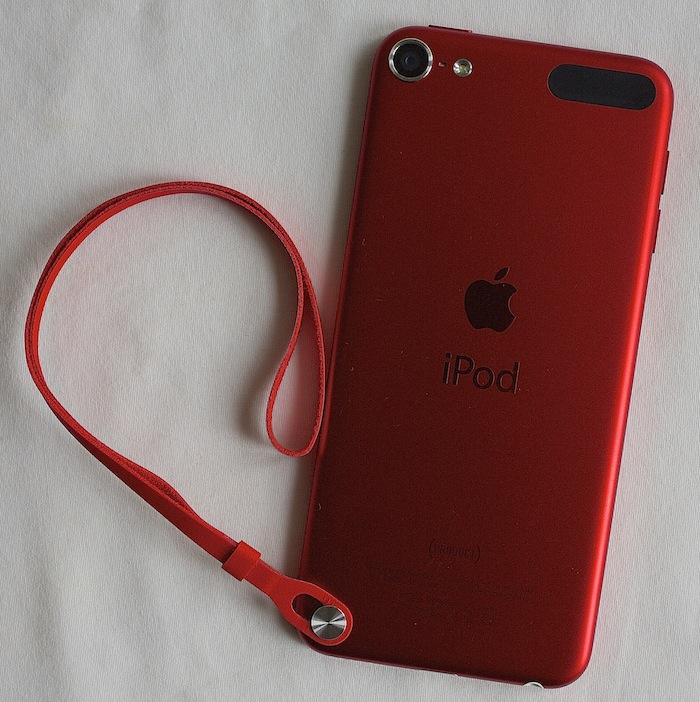
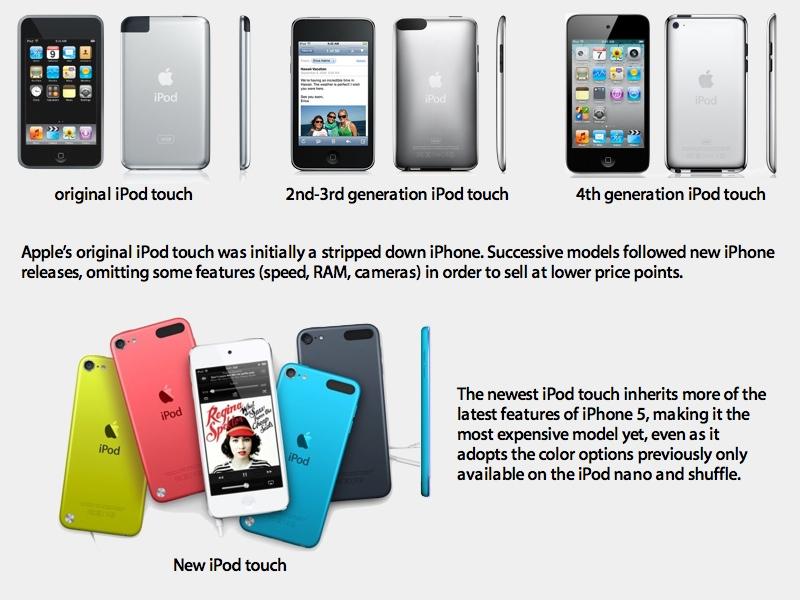

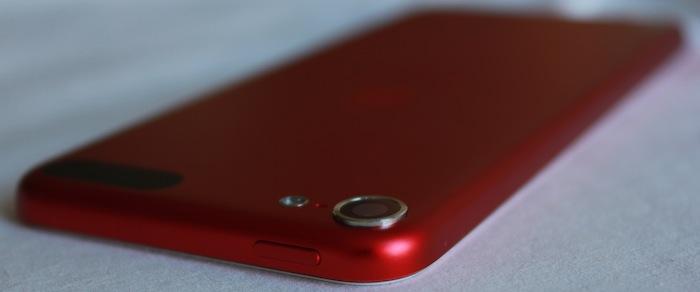

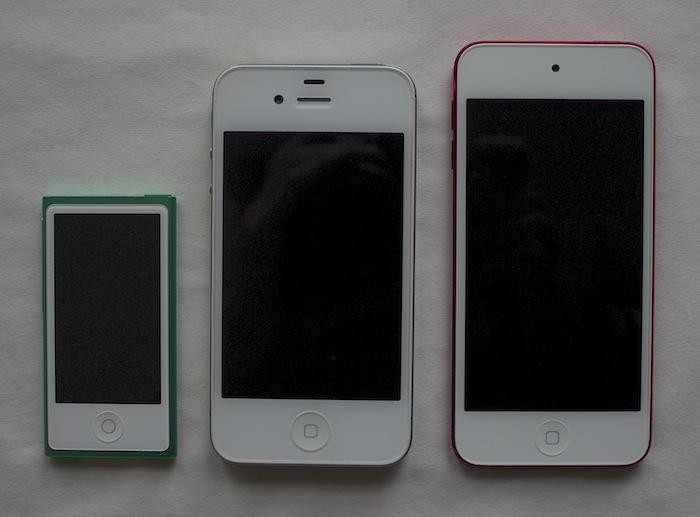
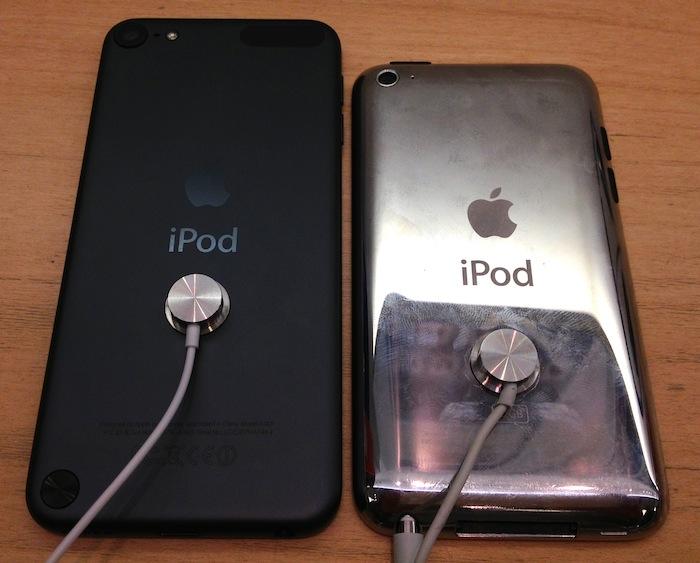
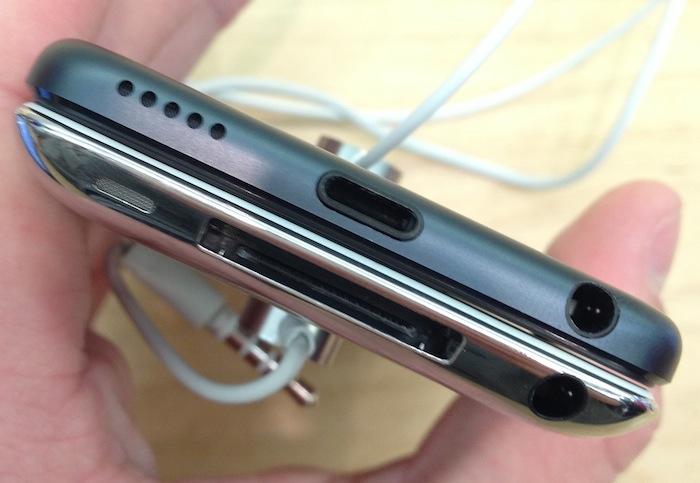
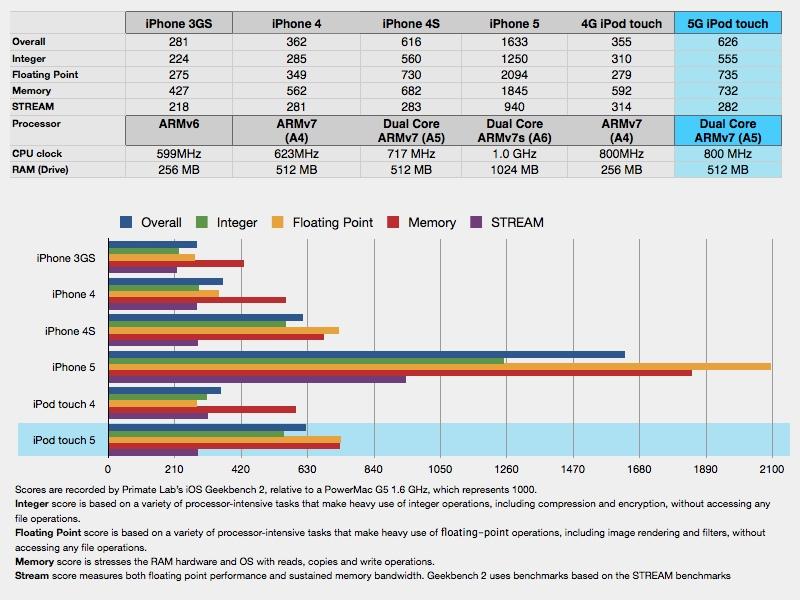
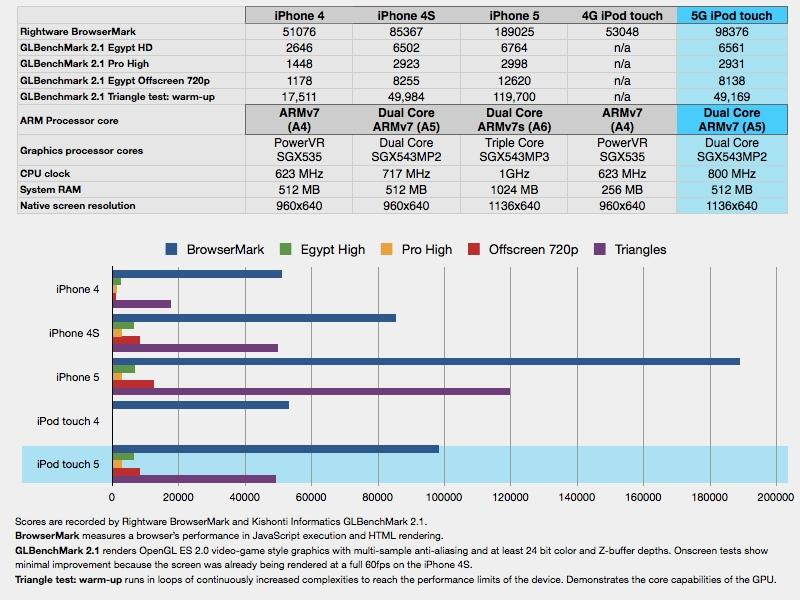
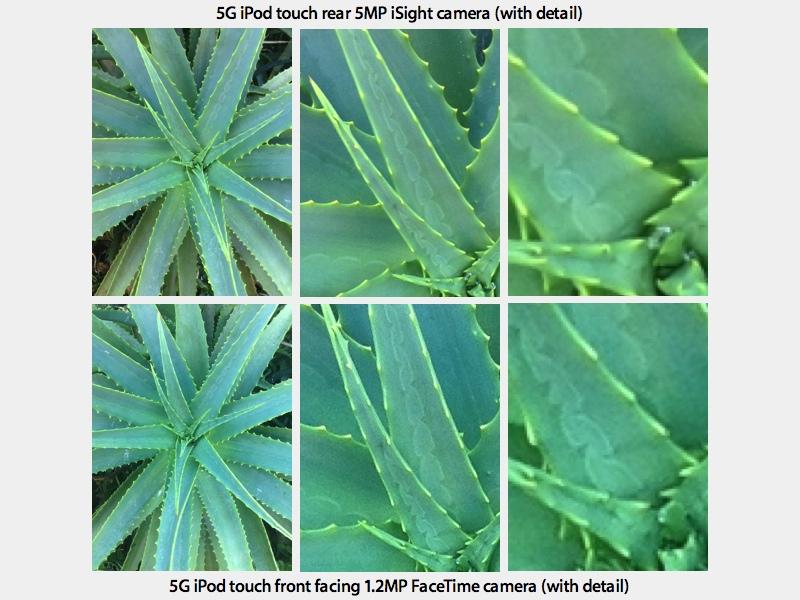
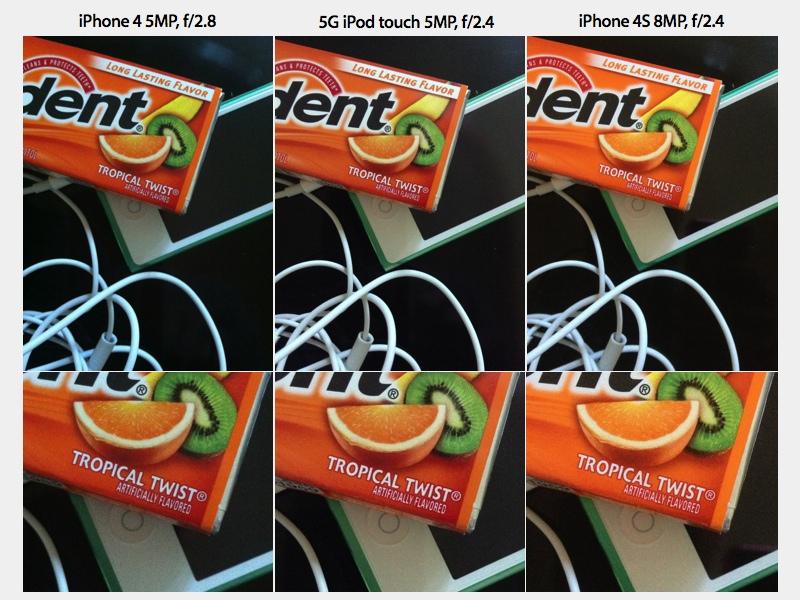
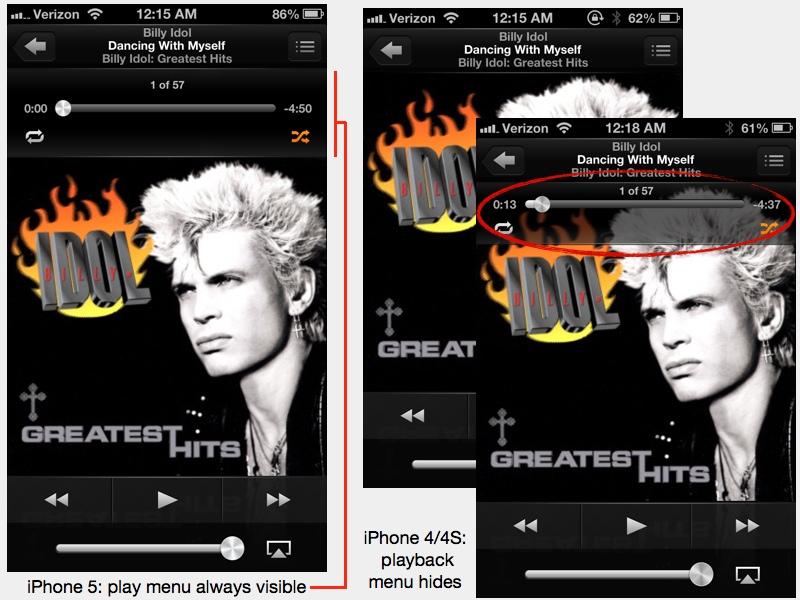
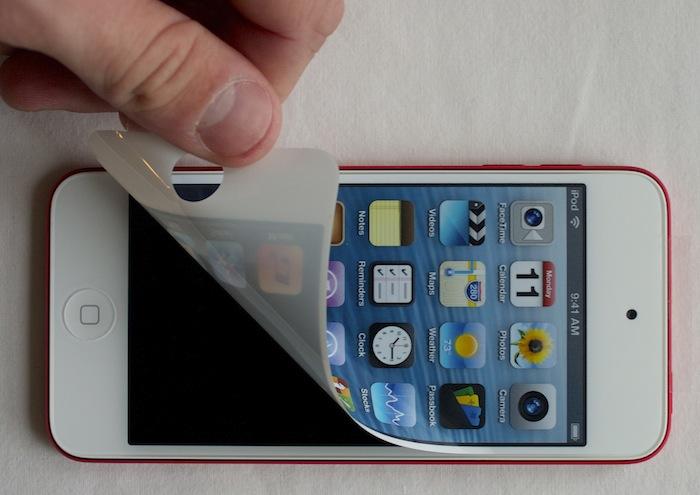

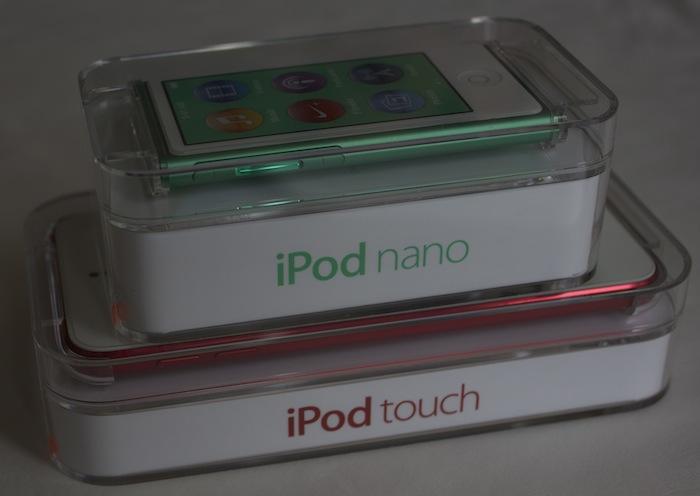



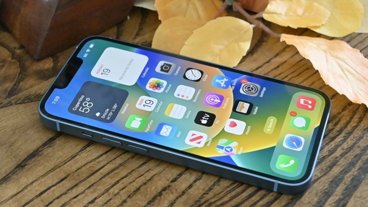









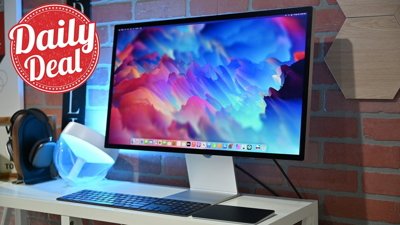
 AppleInsider Staff
AppleInsider Staff
 Chip Loder
Chip Loder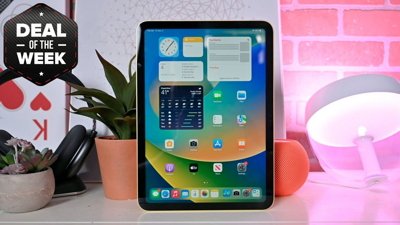
 Christine McKee
Christine McKee
 Malcolm Owen
Malcolm Owen
 William Gallagher
William Gallagher


 Andrew Orr
Andrew Orr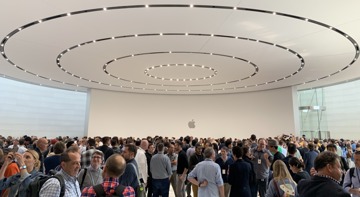
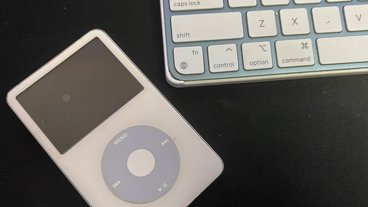
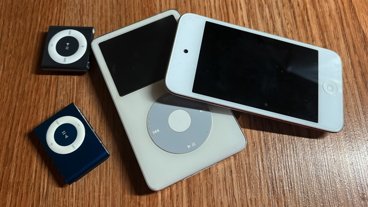






20 Comments
Nice review
That answered a lot of my questions about the new iPod Touch!
I bought a white iPod Touch last year as a present for somebody, and while that had a "retina" resolution display, it wasn't an IPS display. Unless I missed it in the review, I think that it's important to note that the new iPod Touch display is IPS, while the previous one was not. That makes a huge difference, IMO. The review mentions better colors, but doesn't mention IPS.
Actually, they did lower the price of the previous gen.
Last year it was 8 GB for $200, 32 GB for $300 and a 64 GB for $400
So, actually, it is the same price of the old one. Stop complaining. And now the old one is $200 or 16 GB. So...
YOU'RE WRONG
FYI.
iPod touch gen 5 also lack of "take a still picture while recording video" feature that found in iPhone 5